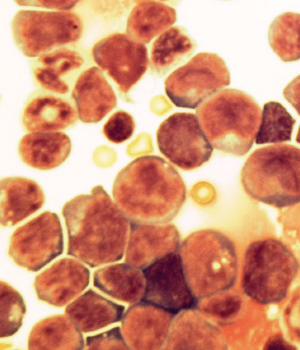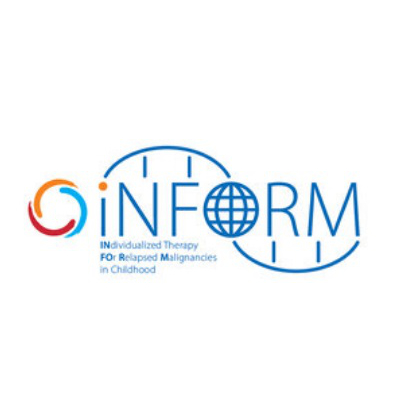The most common childhood cancer
Leukemia and lymphomas, malignant neoplasms of the white blood cells, are the most common childhood cancers. Since the early 1970s, almost all children and adolescents who develop leukemia or lymphoma in Germany have been treated in clinical trials. As a result, these cancers, which used to be regularly fatal, can now be cured in most patients. Today, we are working to further improve the prospects of cure for young patients with blood cancer.
We treat almost all patients with leukemia and lymphomas in the context of patient registries or clinical trials. In doing so, we pursue the following goals:
- Standardized diagnostics and therapy are intended to ensure that each patient receives the treatment appropriate for his or her disease.
- Data on the course and treatment of leukemia and lymphomas are intended to further improve therapy, for example by monitoring at which point in therapy complications occur particularly frequently
- In addition, data collection in registries serves to identify factors that predict the course of the disease.
- Clinical trials test new therapies under strictly controlled conditions. New drugs or combinations of new drugs are compared with conventional therapy.
Sufficient patient numbers are required for clinical trials to be able to make reliable statements. Therefore, clinical trials in pediatric oncology are conducted in many hospitals of the network of the Society for Pediatric Oncology and Hematology (GPOH) or even multinationally.


